After the Stone Age [1]
BBC Cult Vampire web site 2004Changelings and Other Metamorphic Tales, Borgo Press, March 2009
By Blood We Live ed. John Joseph Adams, Night Shade Books, 2009



Previous: W's |
Back to: Short Stories |
Next: B's |
After the Stone Age [1]BBC Cult Vampire web site 2004Changelings and Other Metamorphic Tales, Borgo Press, March 2009 By Blood We Live ed. John Joseph Adams, Night Shade Books, 2009 |



|
The Age of Innocence [5]Asimov's Science Fiction June 1995Translated into French by Eric Armentia as: 'L'Ere d'innocence' in CyberDreams #9, Janvier 1997 Designer Genes: Tales of the Biotech Revolution, Five Star, 2004 Finalist for the Theodore Sturgeon Memorial Award for the Best Short SF of the Year 1995.
|
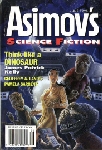

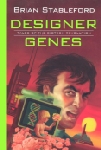
|
Alfonso the Wise [1]Interzone #105, March 1996 (as by Francis Amery)The Golden Fleece and Other Tales of the Biotech Revolution, Borgo Press, March 2012
|


|
All You Inherit [7]Taps and Sighs ed. Peter Crowther, Subterranean Press, August 2000The Haunted Bookshop and Other Apparitions, Borgo Press, September 2007
|
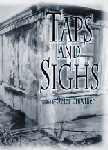

|
Alternate Worlds [1]Interzone #38, August 1990 (as "Minimoments")Papyrus (online) (www.papyrus-fiction.com) 10 July 1999 Complications & Other Science Fiction Stories, Cosmos Books, October 2003
|


|
And He Not Busy Being Born… [6]Interzone #16, Summer 1986Interzone: The Second Anthology ed. John Clute, David Pringle & Simon Ounsley, Simon & Schuster (UK), 1987 Sexual Chemistry, Simon & Schuster (UK) 1991 Japanese translation in: [Hayakawa] SF Magazine June 1992 Translated into French by Sylvie Denis as: 'Mortel immortel' in Century XXI: La nouvelle fiction spéculative Britannique, Encrage 1995 The Road to Science Fiction Volume 5: The British Way ed. James E. Gunn, White Wolf 1998 Translated into Swedish as: 'Vad drömmar i den slummern komma' in Nasacon 2000 programbok [July]
|



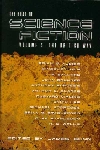
|
And Justify The Ways Of God To Men [4]Redsine (online) #4, February 2001 |

|
And the Hunter Home From the Hill [7]An Oasis of Horror: Decadent Tales and Contes Cruels, Borgo Press, January 2008 |

|
The Annual Conference of the Prophets of Atlantis [1]Reminiscon 40 Souvenir Program ed. Paul V.S. Townsend, September 1992Fables and Fantasies, Necronomicon Press, 1996 The Cosmic Perspective and Other Black Comedies, Borgo Press, July 2009
|


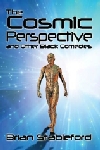
|
Another Bad Day in Bedlam [5]Christmas Forever ed. David Hartwell, Tor, November 1993In the Flesh and Other Tales of the Biotech Revolution, Borgo Press, March 2009 |


|
Another Branch of the Family Tree [8]Asimov's Science Fiction July 1999Designer Genes: Tales of the Biotech Revolution, Five Star, 2004
|


|
Aphrodite and the Ring [2]Scheherazade #11, 1995 (as Aphrodite's Ring)Fables and Fantasies, Necronomicon Press, 1996 Beyond the Colors of Darkness and Other Exotica, Borgo Press, July 2009
|



|
The Architect of Worlds [15]Camelot Fantastic ed. Lawrence Schimel & Martin H. Greenberg, DAW, July 1998
|

|
The Arms of Morpheus [?]The Wayward Muse, Black Coat Press, 2005 |

|
Art in the Blood [8]Shadows Over Baker Street ed. John Pelan & Michael Reaves, Del Rey, September 2003The Innsmouth Heritage and Other Sequels, Borgo Press, January 2009 |

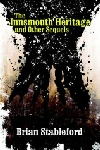
|
Ashes and Tombstones [6]Moon Shots ed. Peter Crowther, DAW, July 1999Year's Best SF 5 ed. David G. Hartwell, Harper Collins, 2000 The Cure for Love and Other Tales of the Biotech Revolution, Borgo Press, June 2007
|


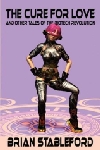
|
The Astral Trail [20]adapted from the French (La Piste Astrale)Sâr Dubnotal 2: The Astral Trail ed. J-M. & R. Lofficier, Black Coat Press, October 2015 |

|
 |
The Brian Stableford Website |
 |